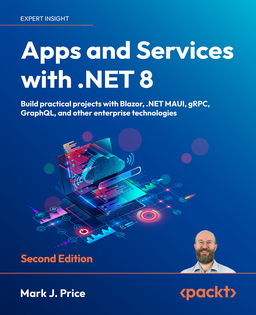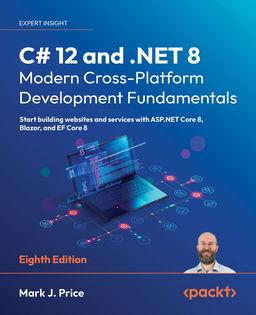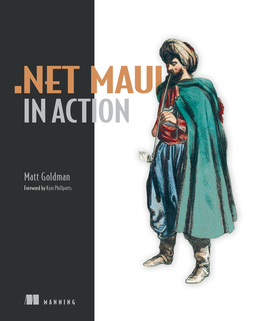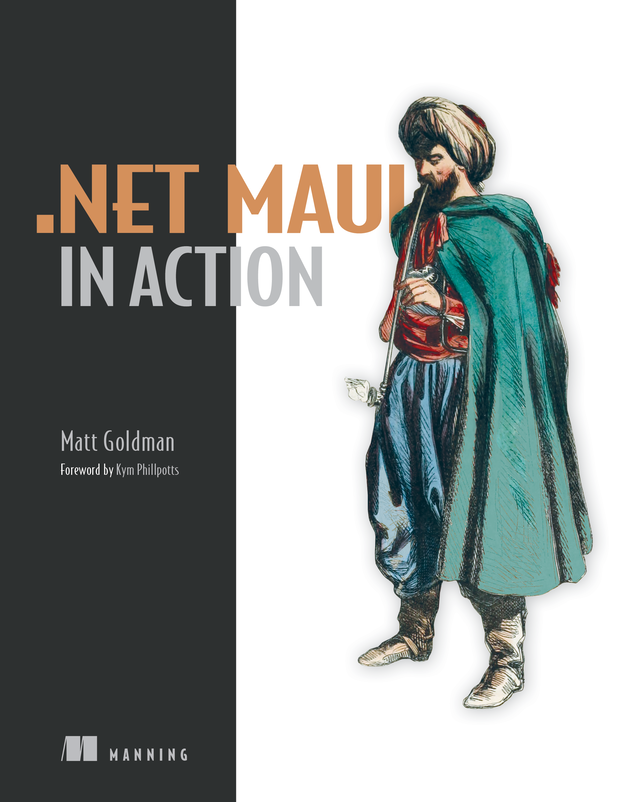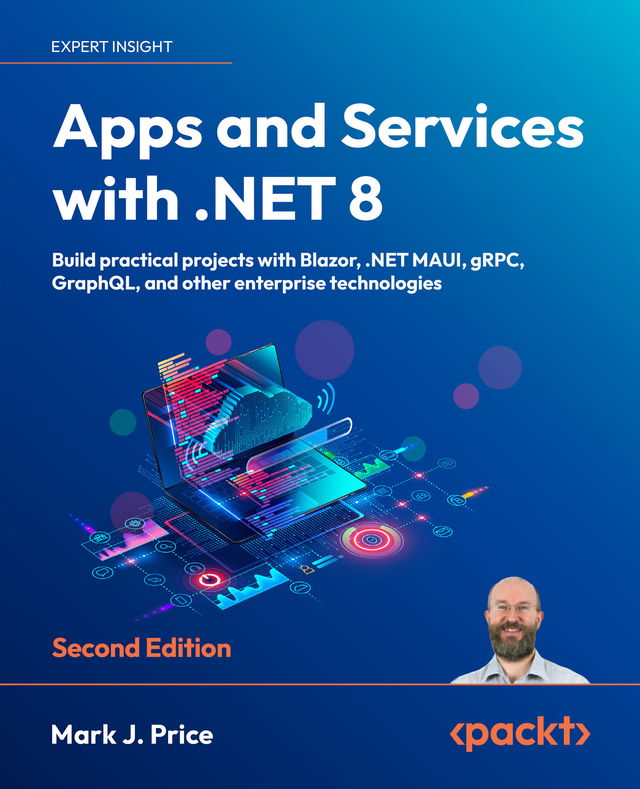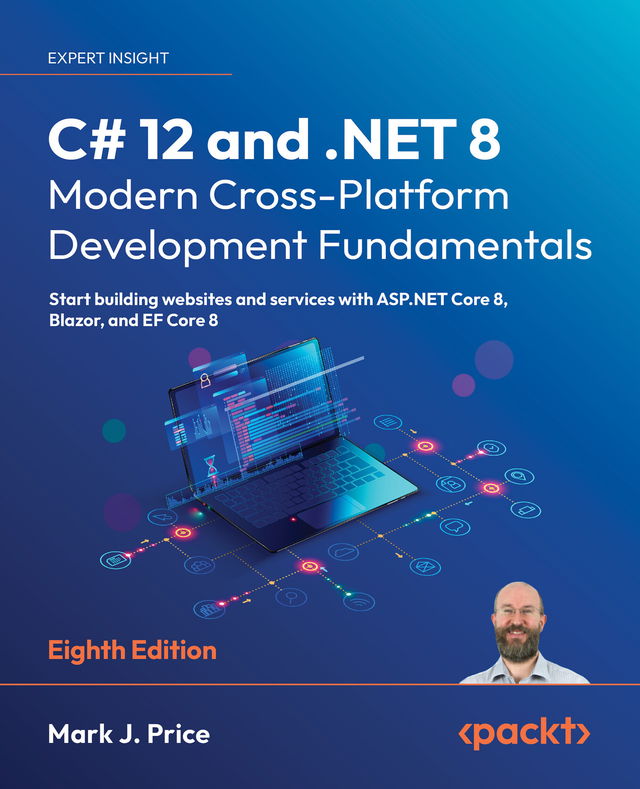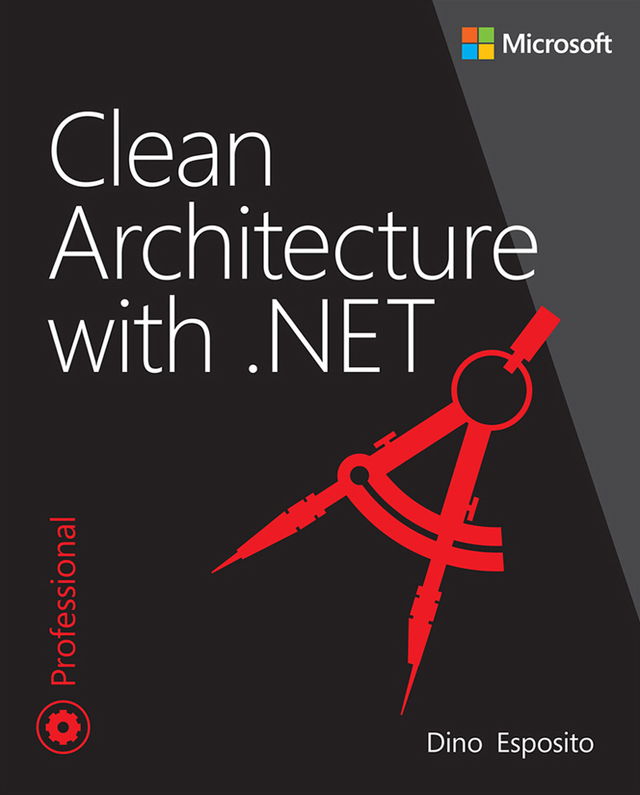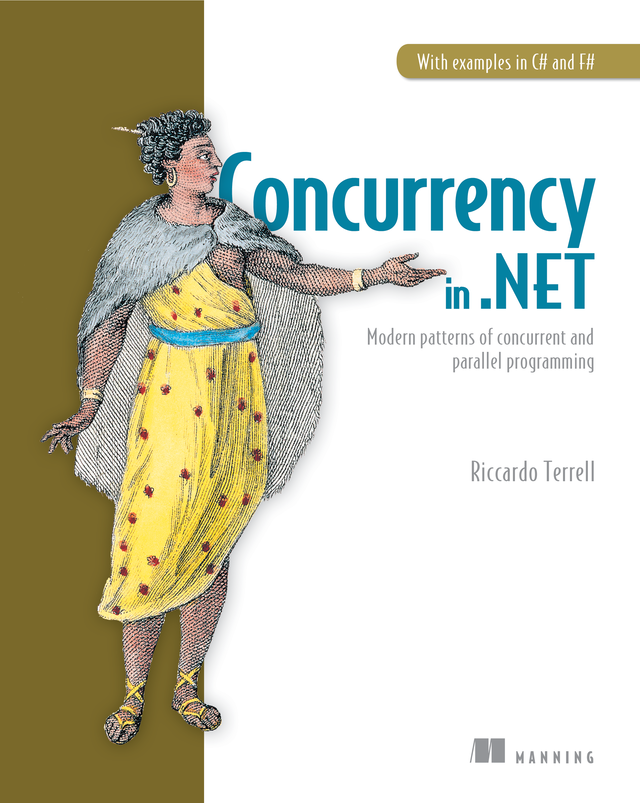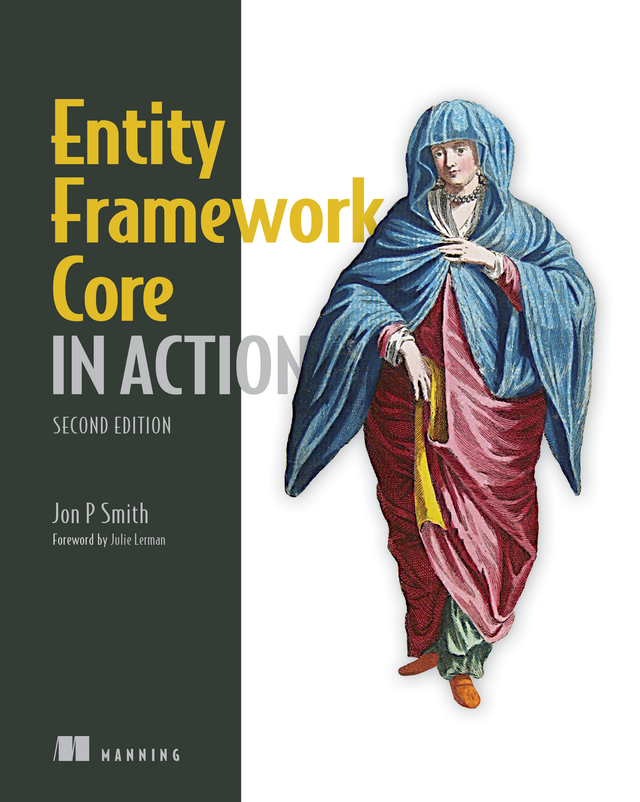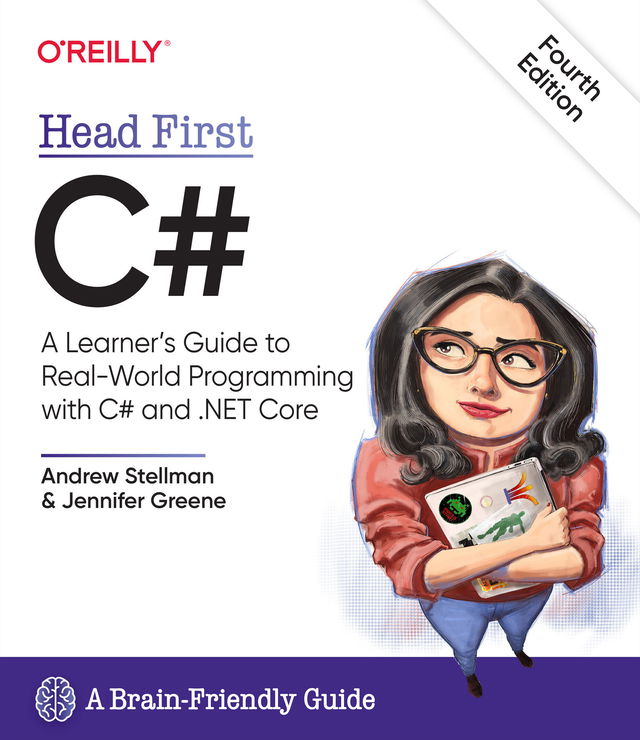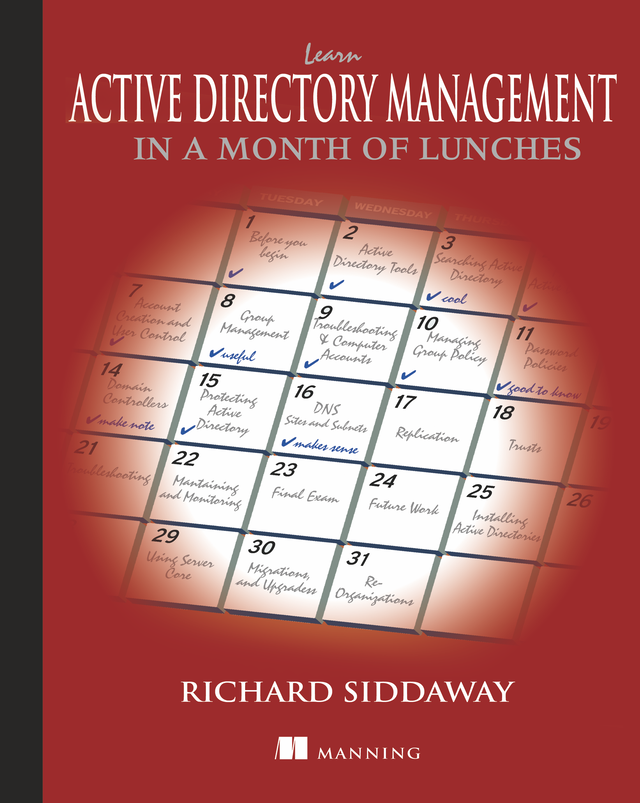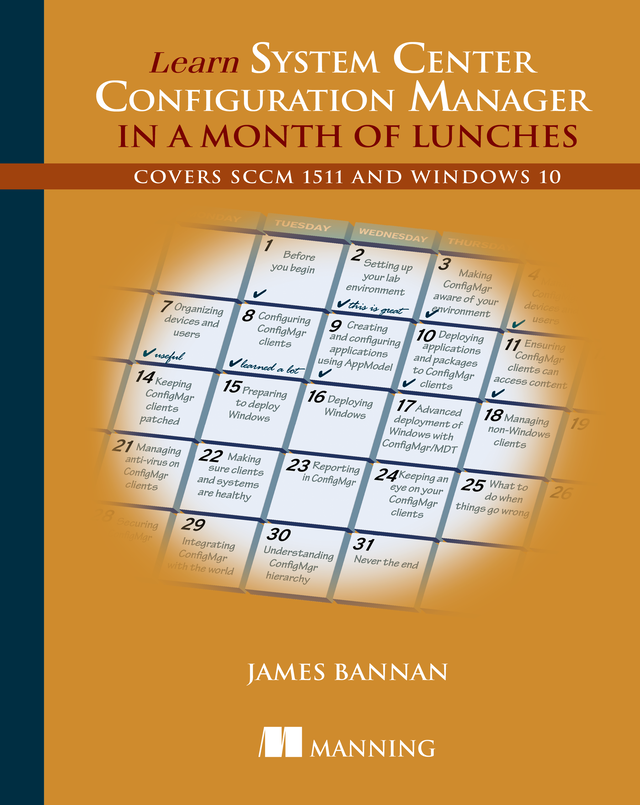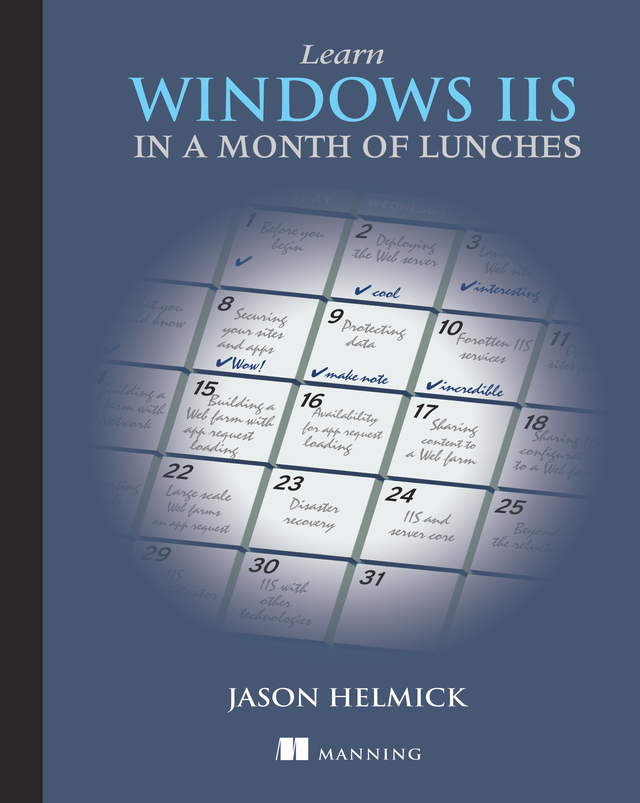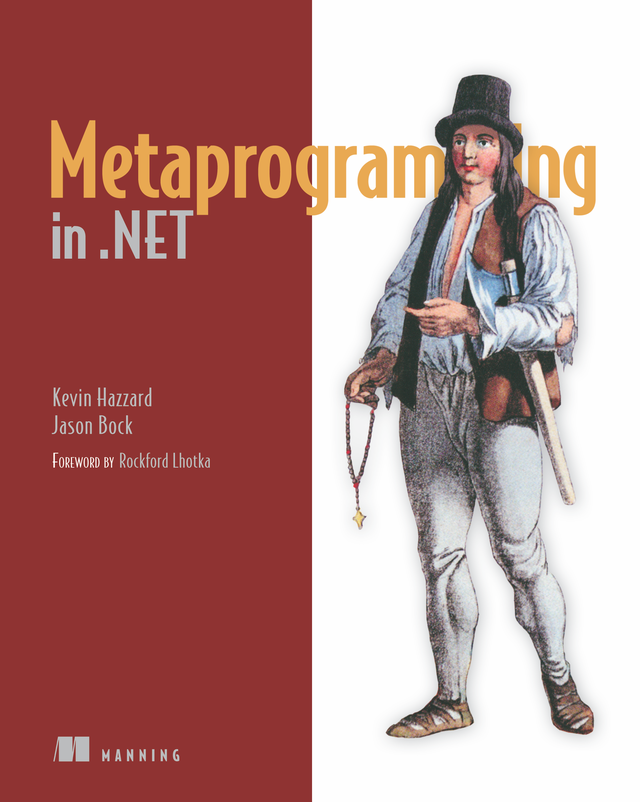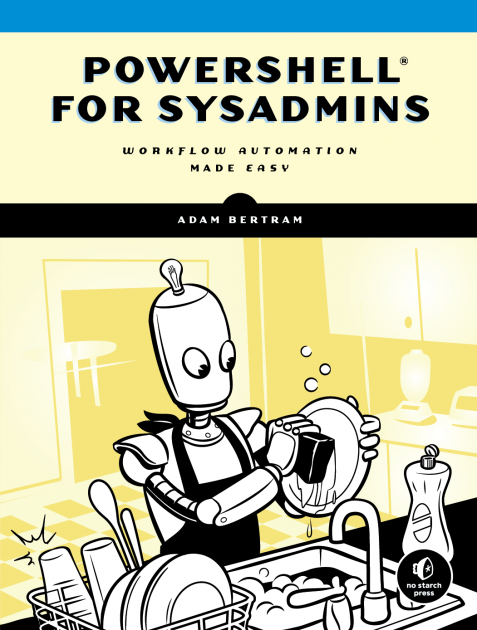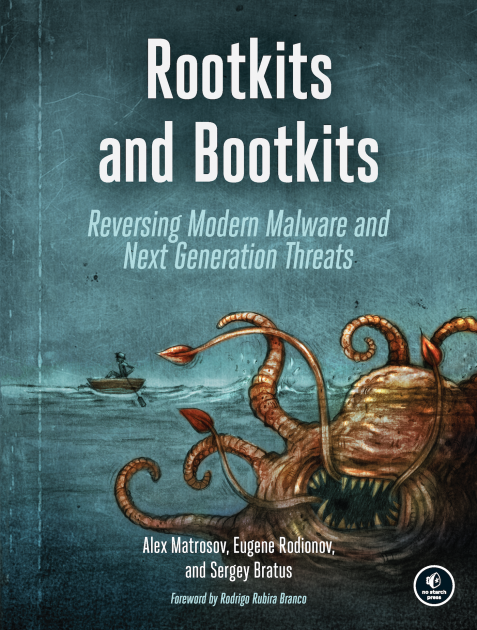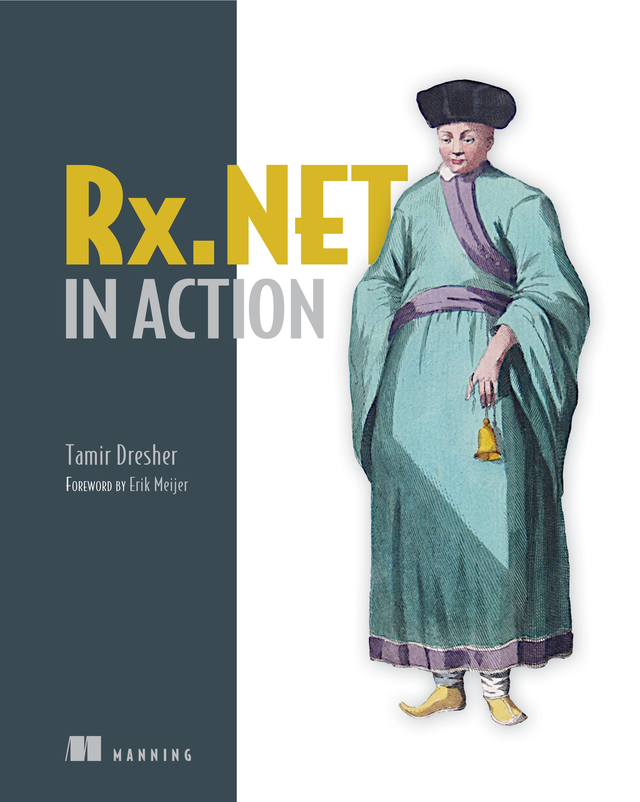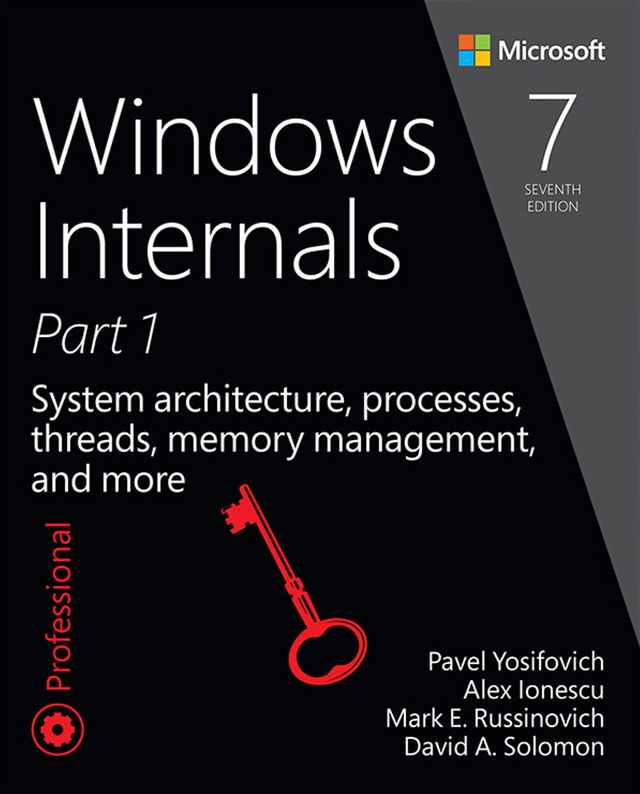Build cross-platform apps with .NET MAUI! This exciting new technology helps you create mobile and desktop apps using a common set of .NET tools.
In .NET MAUI in Action you will learn how to:
- Set up your environment for cross-platform development
- Write an interactive UI in XAML using out-of-the-box controls
- Apply the MVVM pattern to build maintainable code
- Extend your control library with custom controls
- Structure your app using common navigation paradigms
- Use common device features like GPS
- Use DevOps tools to automate deployment and testing
.NET MAUI in Action shows you how you can use the cutting-edge MAUI framework to write apps that will run on Windows, Android, macOS, and iOS platforms using your existing .NET development skills. This book reveals essential MAUI development techniques through hands-on example applications in every chapter. You’ll learn cross-platform development quickly as you start building your own rich apps, from to-do list apps, to a movie recommender app, and eventually a full-stack solution using enterprise architecture patterns. You’ll also learn how to use GitHub Actions to deploy robust, testable, and maintainable apps; and how to deliver a consistent look and feel across platforms. Throughout, you’ll use the built-in controls of .NET MAUI and learn how to develop your own custom solutions.

